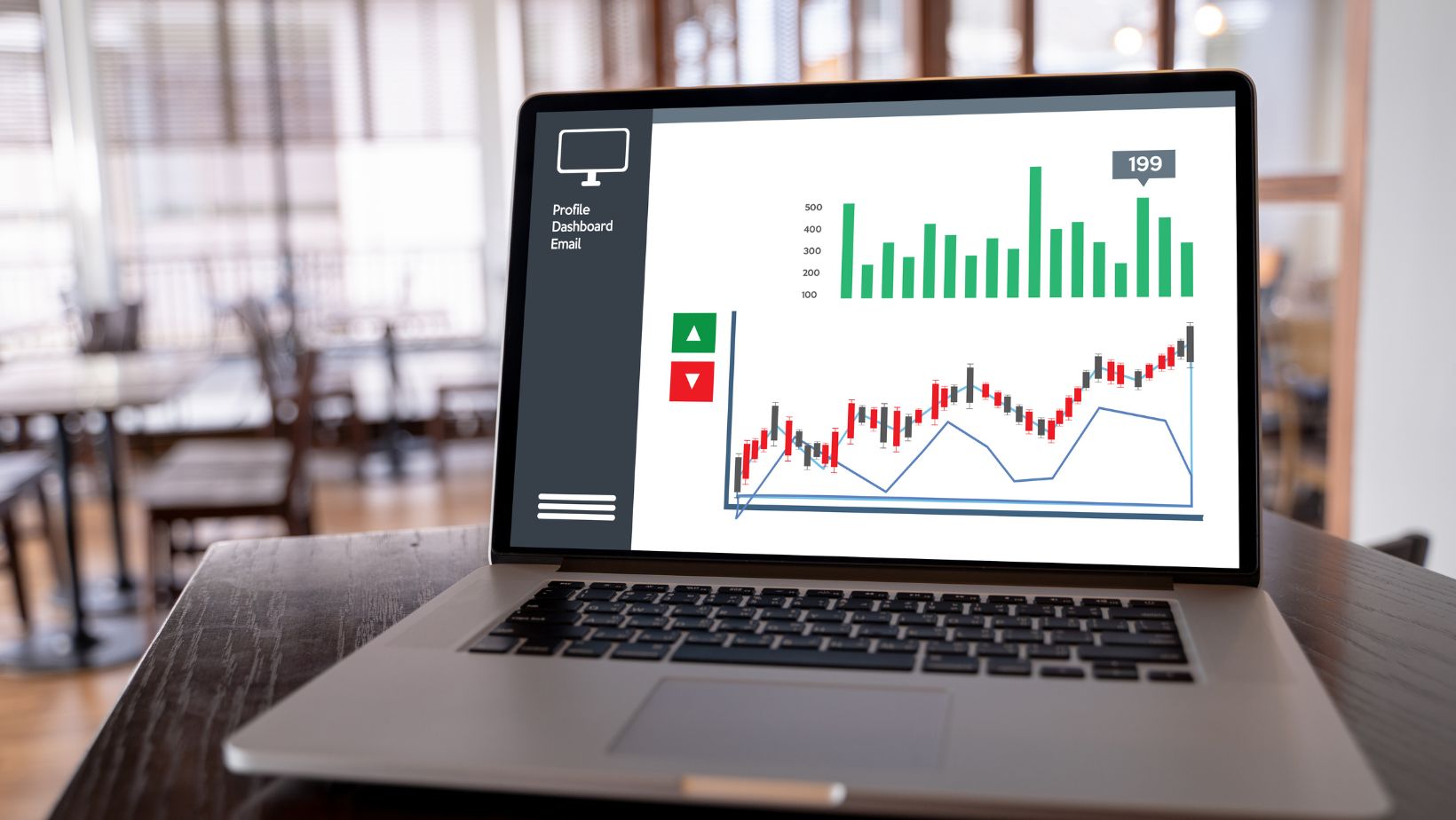Sales in 2025 isn’t about pitching. It’s about connecting.
We’ve entered a new era. Buyers are smarter, faster, and harder to impress. They expect value before the conversation even starts. If you’re still using old-school tactics, you’re getting left behind.
But here’s the good news: cold outreach still works. Discovery calls still matter. The deals are still close. You just need a better playbook.
Let’s walk through it.
The Moment That Changed Everything
Picture this.
It’s early January. Jamie, a sales rep at a B2B SaaS company, is staring at her pipeline. It’s thin. Real thin. Her team is down on morale. Outbound isn’t converting like it used to.
So she tries something different.
Instead of sending 100 emails in a day, she sends 10. Everyone is personal. One message references a CEO’s blog post. Another includes a 30-second video walkthrough of the prospect’s website.
By February, her pipeline is full.
By March, she’s the top rep on the team.
What changed? She stopped selling like it’s 2019—and started selling like it’s 2025.
Start With Precision, Not Volume
Sales used to be a numbers game. More dials, more emails, more follow-ups. But buyers have caught on. Now, it’s about precision—not volume.
You don’t need 1,000 leads. You need the right 100.
That means doing the work up front: researching, segmenting, and targeting with intention.
Here’s how to find the right leads in 2025:
- Focus on trigger events: Look for signs they’re ready—funding news, job changes, product launches. These moments create urgency.
- Get niche: Target specific industries, roles, or tech stacks. The more tailored your outreach, the higher your response rate.
- Use social signals: What are they posting on LinkedIn? What do they comment on? What events are they attending? These insights give you an edge.
Precision makes outreach easier—and way more effective.
Craft Messaging That Feels Human
Forget scripts. Forget fluff. Forget five-paragraph intros.
The best sales messages feel like a conversation, not a pitch.
Start by being real. Would you read your own email? If the answer is no, rewrite it.
One of the most powerful openers is: “I saw you just hired a new sales team—how’s onboarding going?”
It’s simple. It shows you’re paying attention. And it invites a real response.
5 Tactics That Warm Up Cold Prospects
Once you know who you’re reaching out to and why, it’s time to get tactical.
Here are five cold outreach tactics that work today—and will keep working in 2025:
- Personalized Looms: Record a 60-second video walking through their website or LinkedIn. Mention specific things. Keep it casual.
- Comment before contact: Engage with their posts on LinkedIn for a week before reaching out. It builds familiarity—and they’re more likely to respond.
- Smart follow-ups: Don’t just resend your first message. Add something new: a stat, a story, a mutual connection. Keep it fresh.
- Humor (used wisely): Light, relevant humor breaks the ice. A funny subject line or GIF can spark curiosity and make you memorable.
- Handcrafted CTAs: Skip the “grab 15 minutes” line. Instead, ask something they can respond to quickly:
- “Is this on your radar right now?”
- “Who on your team owns this?”
This small shift leads to bigger replies.
Set The Stage With Better Tools
Technology doesn’t replace skill. But the right stack makes everything smoother. In 2025, your tools should save time, boost quality, and keep things moving.
Let’s talk about one that’s easy to overlook—but incredibly effective: your email signature.
A clickable email signature generator helps you turn every message into a mini-landing page.

Add your name, title, logo, and links to your website, calendar, and social profiles. It builds trust instantly. It also helps prospects learn about you without a single extra sentence in your email.
Other useful tools?
- Sales Navigator for deep research
- Clay for data enrichment
- Grammarly or Lavender for stone polishing
- Loom for async video messages
- Fathom for summarizing calls
Keep it lean. Focus on what supports your conversations—not what distracts from them.
Handle Discovery Like A Pro
You got a reply. You booked a call. Now what?
This is where many deals die—because reps talk too much.
In 2025, the best discovery calls are more like interviews. You’re there to learn, not pitch.
Start with curiosity. Ask open questions. Dig into pain points. Listen more than you speak.
Here’s a simple format that works:
1. Set the frame
“I want to make sure this is useful. Do you mind if I ask a few quick questions first?”
2. Explore the current state
“What are you doing now to solve this?”
“What’s working—and what’s not?”
3. Highlight gaps
“How much time/money is that costing you?”
4. Position the solution
“Want me to show you how we can help with that?”
This approach builds trust and makes the next step feel natural.
Turn Demos Into Decisions
Demos don’t need to be fancy. They need to be focused.
Customize them around what they told you in the discovery. Don’t show every feature—only the parts that solve their specific problem.
And always, always ask: “Does this solve what we talked about earlier?”
When they say yes, they’re halfway closed.
Follow up the same day with a recap, a short video, and a clear next step.
Keep Deals Moving
Deals stall when momentum dies. You need to stay at the top of your mind—without being annoying.
This is where tools like sales automation AI come in handy. They help you keep in touch at scale without losing that human feel.

Use them to:
- Send follow-up emails on a smart schedule
- Share case studies based on industry
- Notify you when prospects open your messages
- Nudge deals that have gone quiet
Just remember: automation supports the relationship. It doesn’t build it.
Play The Long Game
Not every deal will close in Q1. That’s okay. Some prospects need time. Others will come back later if you’ve built trust.
Keep track of people who said, “Not now.” Set reminders. Check-in when it makes sense.
The best reps win by staying patient and being consistent.
Final Thoughts
Sales in 2025 are still about one thing: people.
The tech is better. The tools are faster. But the heart of it—the conversations, the trust, the timing—stays the same.
If you show up with relevance, listen with intent, and follow through with clarity, you’ll win.
From cold to closed, this playbook works.

